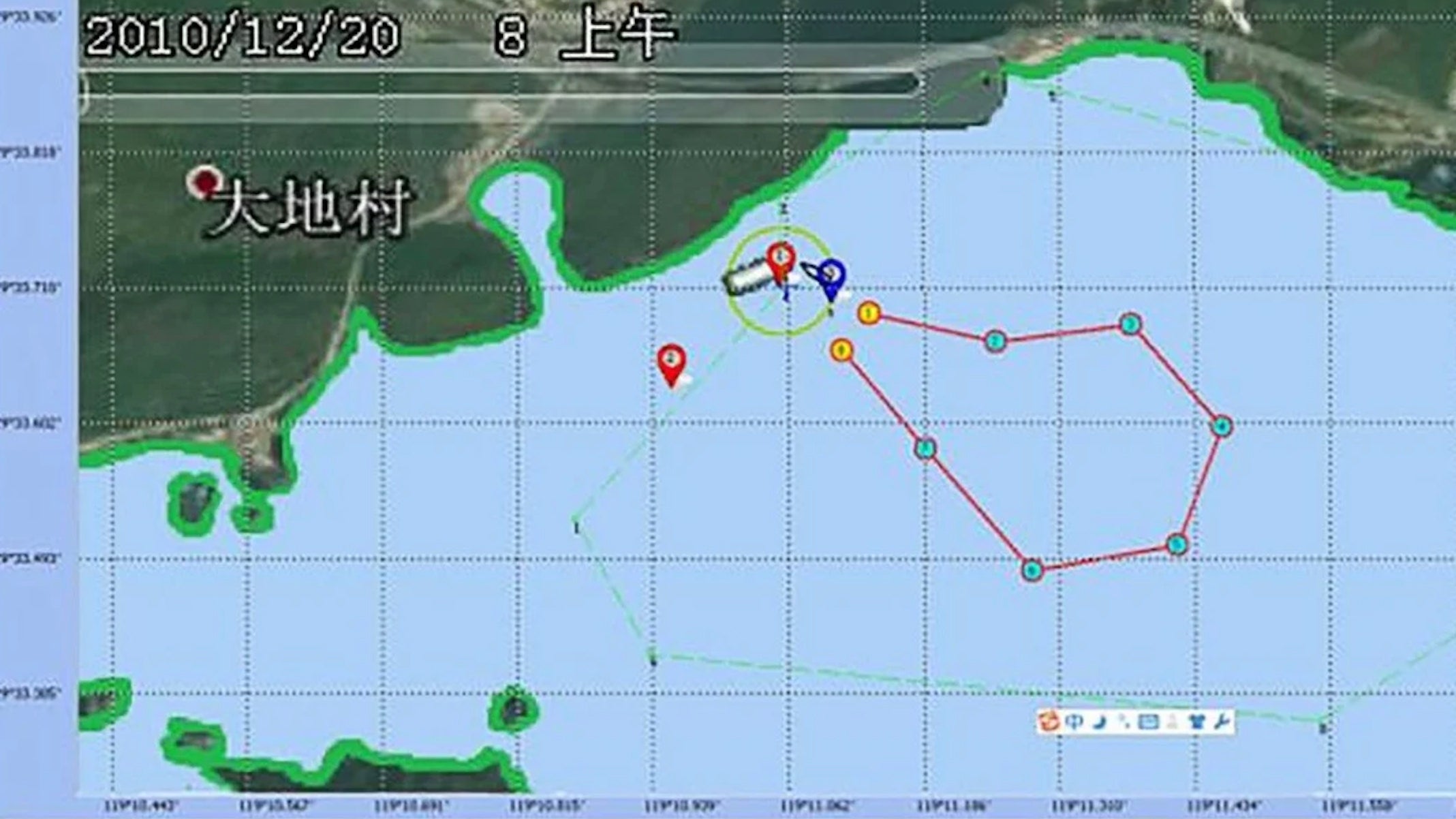A new report claims that China has, apparently for decades now, been working on underwater drones able to autonomously identify and attack hostile submarines. The once-secret unmanned underwater vehicle, or UUV, may already have been tested in the strategically vital Taiwan Strait, back in 2010.
These revelations come from a military-funded research program that was partly declassified last week, according to the South China Morning Post, or SCMP, a Hong Kong-based English-language newspaper. The UUV in question is said to be able to “recognize, follow and attack an enemy submarine without human instruction,” and was developed by the Harbin Engineering University, which SCMP described as Beijing’s “top submarine research institute.”
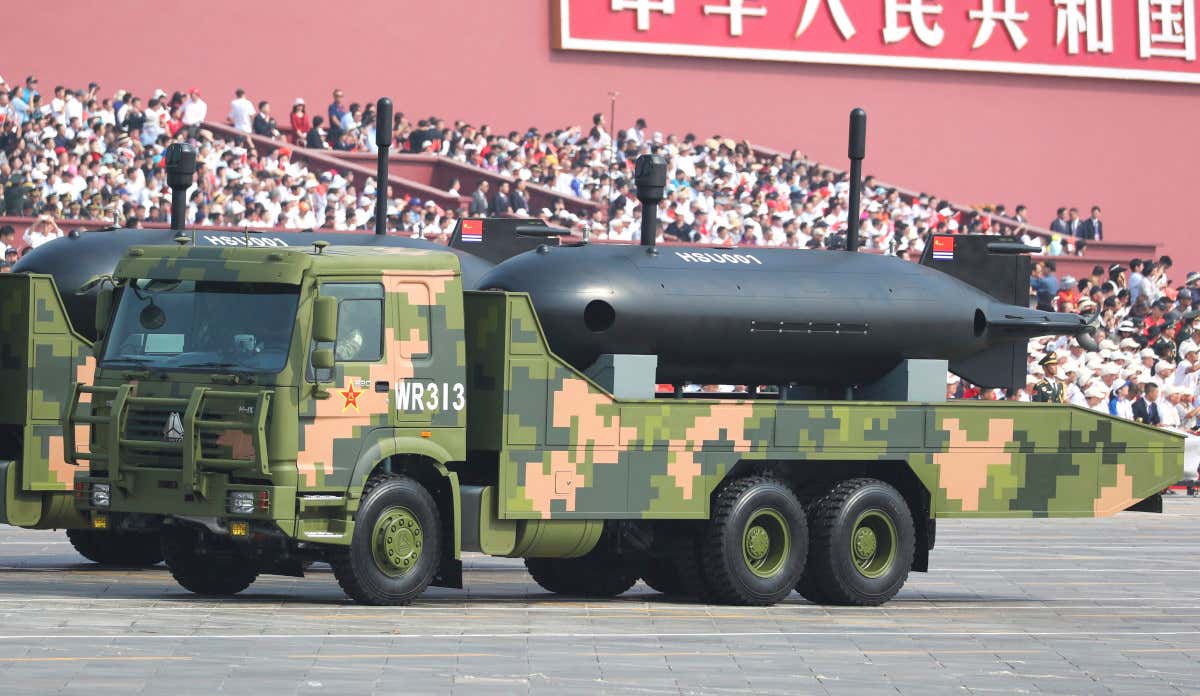
The same article also raises the possibility of “a variant of the sub [that] could be planted on sea floors and activated in the event of a clash or war.”
The concept, as reportedly outlined by Guolong and his colleagues, seems to be based around using artificial intelligence (AI) technologies to better identify and track submerged targets, promising results better than human sonar operators, for example. “Sonar operators still need to use their eyes and ears to make judgments on important issues such as identifying friendly vessels, with final decisions taken by the captain,” the article asserts.
Nevertheless, there are no details given in the SCMP article about how exactly the UUV would identity and classify underwater targets, after having acquired them using sonar, or about how it is powered and what kind of performance it might offer.
Meanwhile, although it is suggested that the 2010 test took place in the Taiwan Strait, this also can’t be confirmed at this point. SCMP claims that “partial coordinates from a map in their paper” indicate that the trial was undertaken “off the coast of the eastern province of Fujian, in or near the Taiwan Strait.”
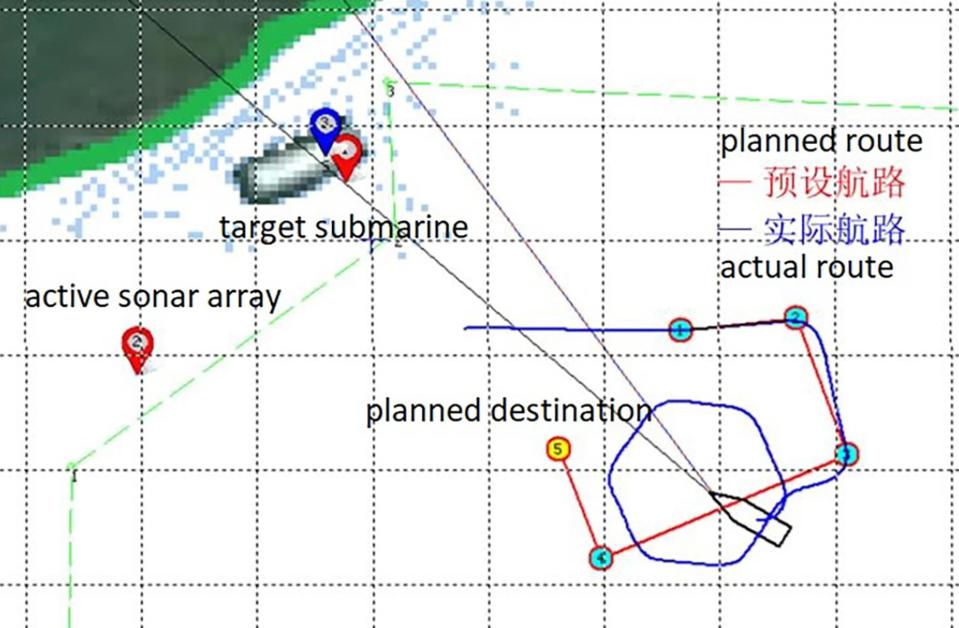
In this test, it’s claimed that the UUV patrolled at a depth of around 30 feet, along a predetermined route and then used onboard “sonars” to detect a target craft that was replicating the noise signature of a submarine.
The UUV then “circled in a hexagonal pattern and pointed its sonar arrays to various sources of sound, while artificial intelligence tried to filter out ambient noise and determine the nature of the target.”
An unarmed torpedo was reportedly then fired by the UUV toward the simulated submarine. While the size and type of the torpedo are not stated, if this was a conventionally sized weapon of this type, that would suggest a large-size underwater drone, similar perhaps to the American Orca extra-large unmanned underwater vehicle (XLUUV) that’s now under development. In its initial form, however, the 51-foot Orca will be unarmed.
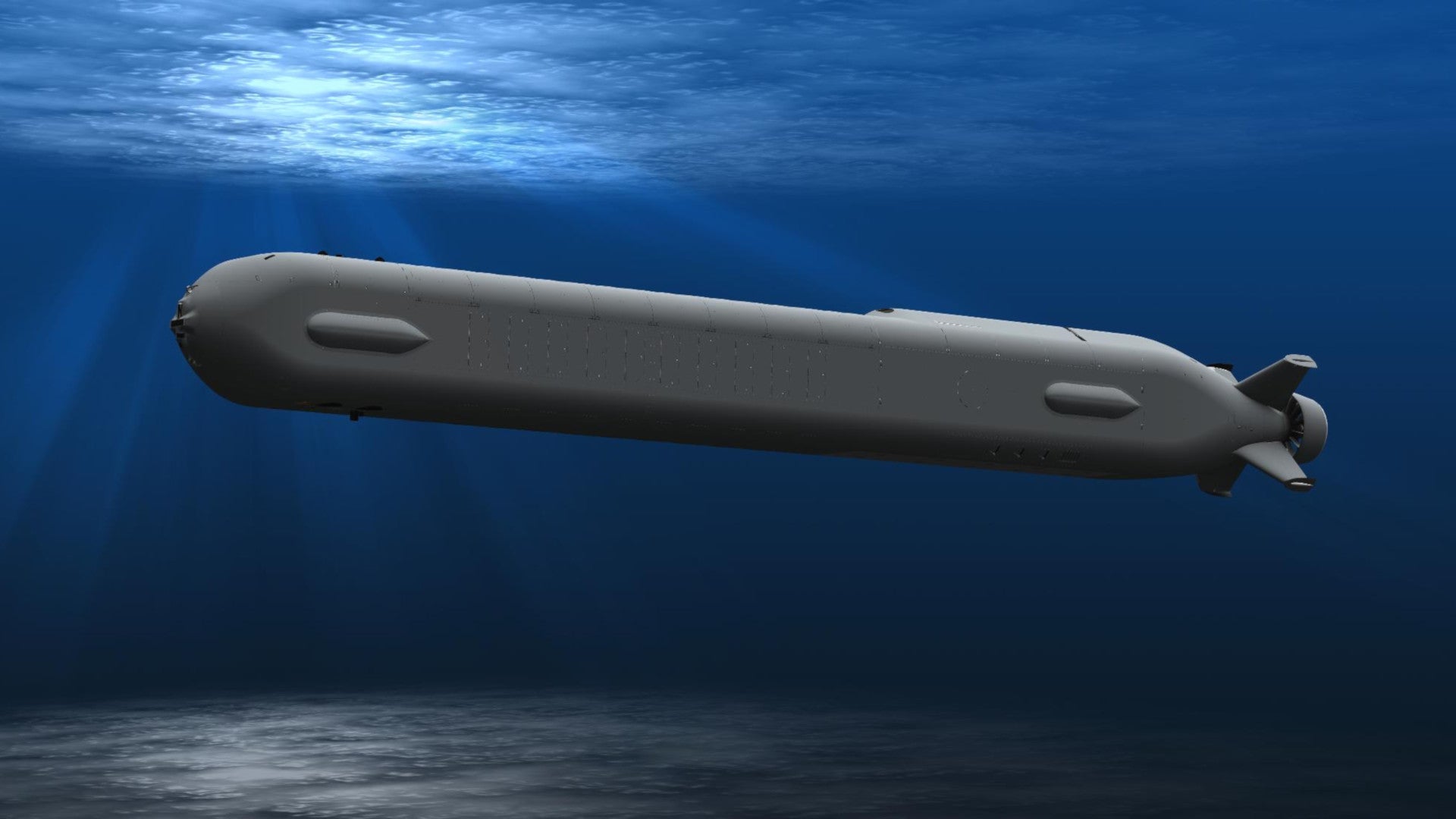
China also has its own very rough equivalent to the Orca, known as the HSU-001, although this was only identified in 2019, nearly a decade after the supposed UUV test. Alternatively, mention of a torpedo could suggest the development of a smaller torpedo, another area of interest for navies around the world right now.
China has been actively working on other kinds of UUVs, as well, with various examples of ocean glider-type unmanned undersea vehicles having been found in the waters of the Asia-Pacific region in recent years. The exact purpose of these is unknown, but there has been speculation that Beijing has been using them to conduct underwater surveys of routes between the South China Sea and the Indian Ocean, information that could be especially useful for its submarines transiting through these areas while submerged.
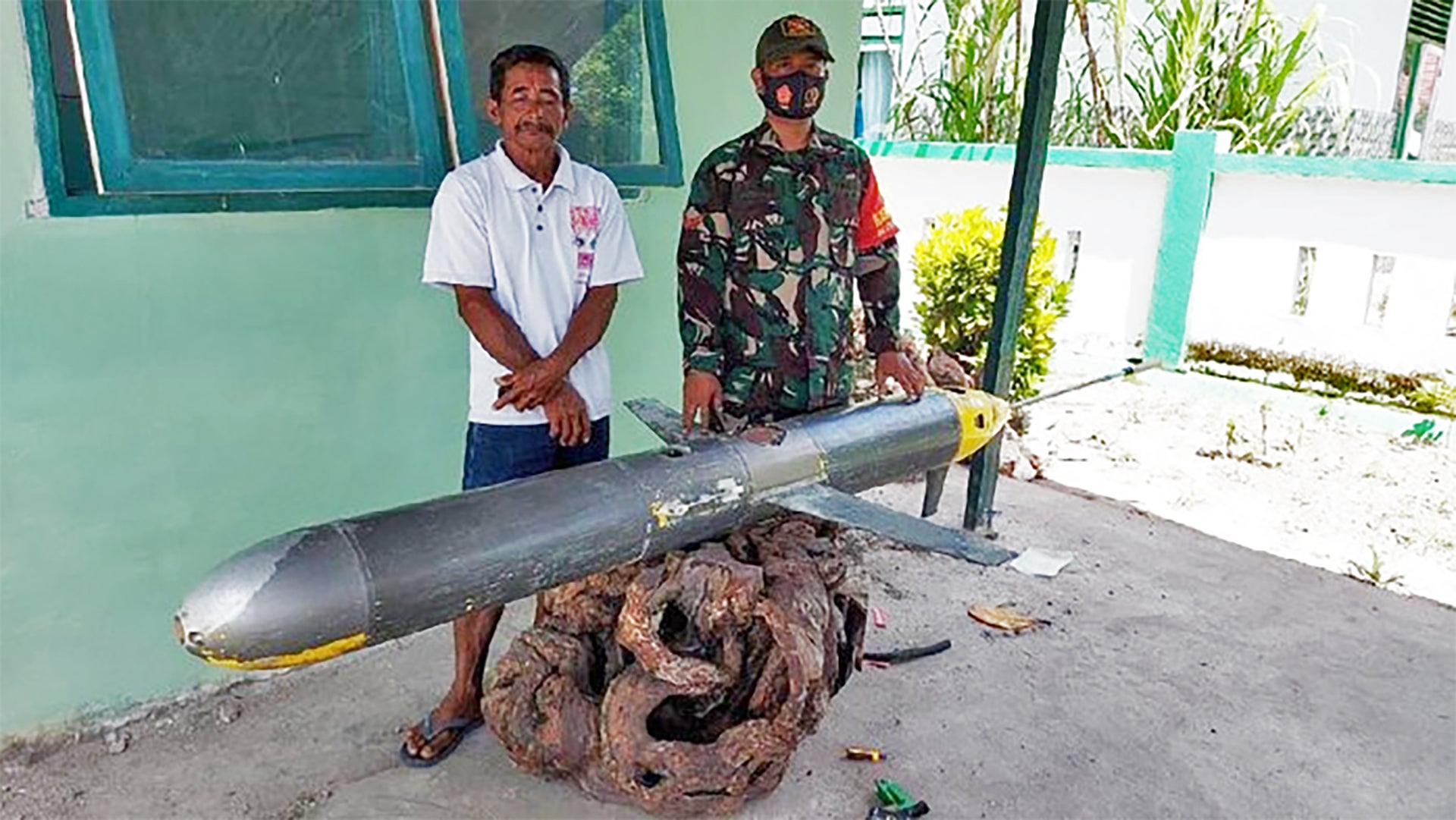
While SCMP states that “it is unclear why China has now declassified details of the test,” the same source does point to a recent spike in tensions between authorities in Beijing and those on the island of Taiwan, suggesting this may have prompted the reported partial declassification.
Professor Liang Guolong from the Harbin Engineering University is quoted by SCMP as explaining that these UUVs are currently working mainly individually, but that they could, in the future, operate as underwaters swarms.
However, the lack of detail in the SCMP story has led to some observers questioning the accuracy of the report and even the veracity of the original declassified paper, which is said to have appeared in the Journal of Harbin Engineering University.
In a piece for Forbes, David Hambling, suggests that it’s unlikely that an academic institute such as Harbin Engineering University would be handling a weapon — even if unarmed — as part of early development tests and suggests the launch of the torpedo may have been entirely simulated. However, Harbin Engineering University is a government-controlled institution with long-standing ties to the People’s Liberation Army (PLA) dating back to its founding in 1953 as the PLA Military Engineering Institute. Beyond that, in general, it’s not uncommon for ostensibly civilian research institutions in China to take part in work that could at least have potential military applications, if it is not being done for the military outright. As already noted, SCMP’s report says that this test was sponsored by the PLA.
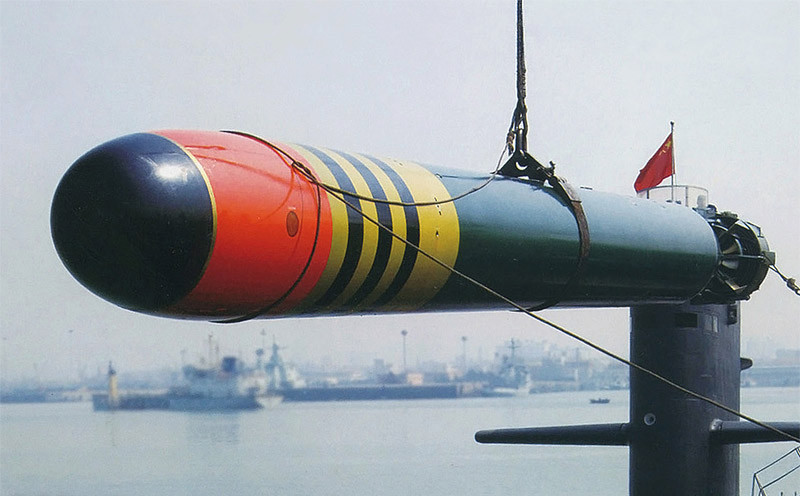
Undoubtedly, however, SCMP has, in the past, published stories of extraordinary-sounding Chinese military technology that has not actually materialized. Hambling points to weather-modifying radar and a laser assault rifle as examples of this phenomenon. The War Zone also took issue with the latter report when it first emerged. Like these, the AI-driven underwater drone could have some basis in scientific research, but might not be a genuine piece of hardware.
On the other hand, though, China is clearly busy with a range of high-tech activities in the underwater military domain and UUVs, in particular, are an area of interest. Guolong himself, as Hambling observes, has also previously conducted research into sonar intended for UUVs, although the example of a paper he highlights is a more recent, tangential study that describes similar, but far less impressive capabilities.
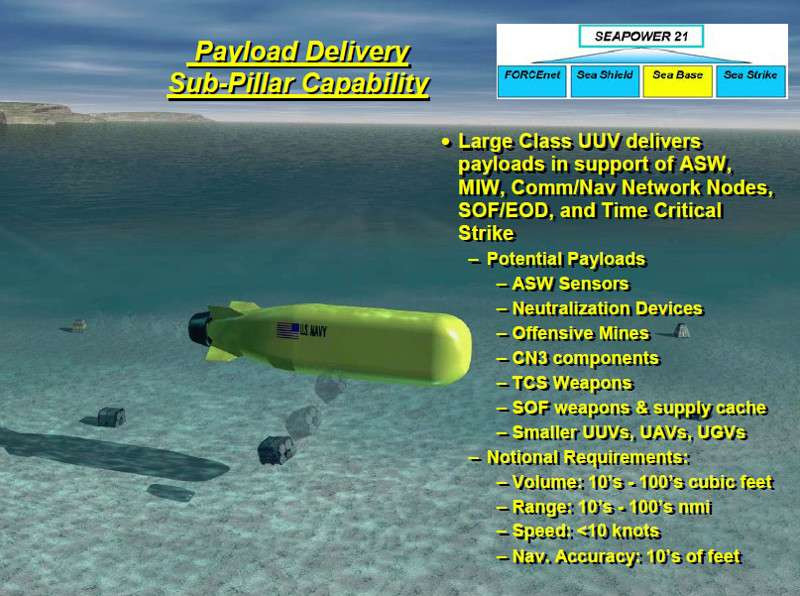
Finally, Hambling notes that the purported research paper is not currently listed on the Journal of Harbin Engineering University website, making it impossible, for the time being, to compare the SCMP claims to the team’s original findings. However, if this study was classified, then it might still not be included in those lists, and we still don’t know for sure where SCMP obtained the purported study from.
As for the specific technological claims made, some of the capabilities attributed to the AI-driven, torpedo-armed UUV already exist in other underwater applications. The U.S. Navy, for example, is already working on an air-dropped mine, called Hammerhead, which is intended to lie in wait for months at a time after being deployed before autonomously engaging a target, with the help of sonar and a torpedo payload. The Chinese UUV, as described, would offer additional capabilities, of course, being able to move around as well as patrol certain areas of interest.
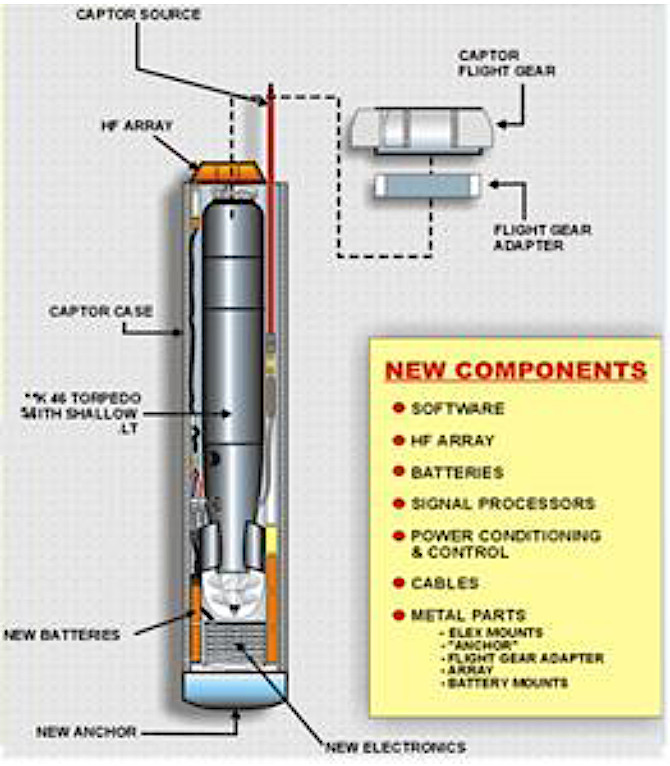
The United States, at least, is also working on apparently parallel technologies to the Chinese UUV. Under a program known as CLAWS, the U.S. Navy is looking to “develop an autonomous unmanned undersea weapon system capable of providing offensive effects to the Combatant Commanders beyond Phase 0 inside the first island chain,” according to the service’s 2021 Fiscal Year Budget request said. “It will clandestinely extend the reach of large UUVs and increase the mission areas into kinetic effects,” the report adds.
It’s almost certainly right to urge caution about the specifics of the SCMP story, and China’s potential to have fielded, back in 2010, the kinds of capabilities apparently promised in the elusive academic paper. However, it’s just as important to note that underwater drones of this kind are, at least today, within reach of China and other major powers.
UUVs are already proliferating and, as they grow in size and scope, they will add more complex and capable sonar, AI brains, communications links, and other technologies that will allow them to better monitor enemy submarine movements and attack them if required.
If this report is to be believed and China was doing this over a decade ago, we can only imagine what they have now.
Contact the author: thomas@thedrive.com
